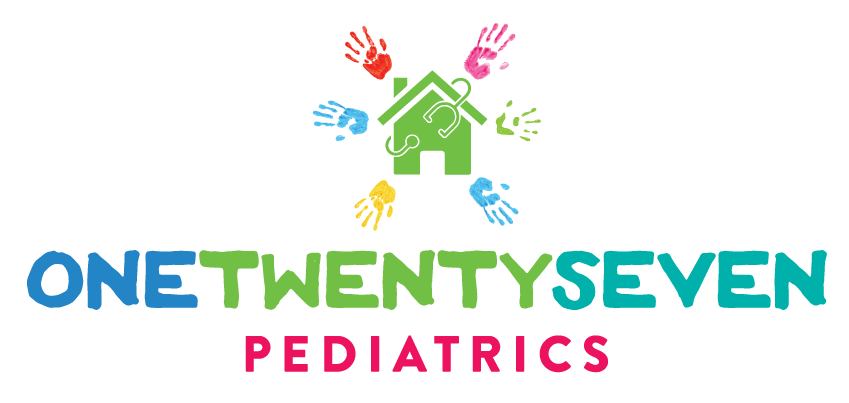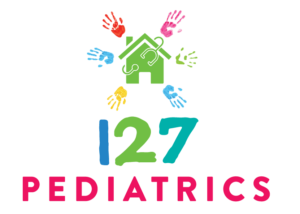Wondering when your breast milk will come in is a common question that new mothers ask me. While this process seems straight forward, it is not always a straight line for every woman. In this article, we will look at the science and physiology behind the process of making breast milk. The human body is so amazing and starting with a foundation of knowledge will give you confidence for your breastfeeding journey.
Phases of Milk Production
The phases of breast milk production are categorized into specific time periods. While the process may vary for each woman, the fundamentals remain consistent.
Some mothers, such as first-time moms or those who had a cesarean section, may experience a delay in their milk coming in. There are also various other reasons why mothers may have a delay or low breast milk supply, such as polycystic ovarian syndrome, retained placental fragments, medications during labor, and excessive blood loss.
Breast milk production starts during pregnancy, usually around 16-22 weeks gestation. The first stage is colostrum, which is a thick, yellow fluid with antibodies and nutrients. It is produced in small amounts (2-10 ml per feeding) for the first few days after birth. Colostrum is vital for the baby’s immune system and nourishment. Frequent and early milk removal increases milk supply during this time and beyond.
Colostrum has the dual benefits of providing nutrition and supplying white blood cells for protection against infection.
Types of Breast Milk
Breast milk goes through a transformation over the first couple of weeks after delivery. At first, the breasts will make drops of colostrum. Once your milk volume increases, generally your breasts are producing transitional breast milk. Subsequently, about 10-14 days after delivery, you will make mature breast milk that will carry your baby through until weaning.
Colostrum
- Concentrated milk
- Dark yellow in color
- Produced midway through pregnancy to day 5 postpartum
- Early form of human milk
Transitional Milk
- Yellowish milk (mixture of colostrum and mature milk)
- Produced between 5 days postpartum and up to 2 weeks after delivery
Mature Breast Milk
- White color (sometimes bluish tint)
- Produced from about 2 weeks postpartum until weaning
Stages of Breast Milk Production
Breast milk volume increases as it progresses through various stages until it reaches a stable state in lactogenesis stage 3.
Lactogenesis stage 1 (secretory initiation):
- 16 weeks gestation through day 2-5 postpartum
- About 1-2 teaspoons of breast milk every few hours (1 ounce in the entire 24 hour period)
Lactogenesis stage 2 (secretory activation):
- Day 2-5 postpartum through day 10
- Milk volume rapidly increases and then stabilizes
Lactogenesis stage 3 (galactopoiesis):
- Day 10 through weaning
- Breasts produce 24-32 ounces of breast milk per 24 hour period
When can I expect my breast milk to come in?
After giving birth, women typically experience secretory activation or their “milk coming in” within 2-5 days postpartum. During the first 10 days after birth, breast milk production is entirely controlled by hormones. Regardless of your feeding choice, your breasts will make milk during this period of time.
Next, once your milk synthesis increases, you may experience breast engorgement. For this reason, your breasts will feel hard and sore. In addition to the milk ducts filling with breast milk, your immune system reacts. This reaction causes additional fluid to surround the milk ducts and causes the hardness and pain.
How to Relieve Engorgement
When your breasts are engorged, not only do you experience pain, but your baby may have difficulty latching to your very full breast. A technique called “reverse pressure softening” will enable your baby to latch to the breast and remove milk. It is a simple procedure where you place fingers on either side of your nipple and gently push back towards your chest wall. Repeat this several times while moving your fingers to different areas around the nipple. This will allow your nipple to become soft enough for the baby to latch.
Additionally, in order to relieve your own pain and fullness, you need to treat the inflammation. Prior to feedings, you can use a warm compress to improve milk flow. After feeding the baby, you want to use cold compresses (or ice pack) on your breast along with taking anti-inflammatory medication by mouth in order to decrease the inflammation. These supportive care maneuvers will not only help you feel better, but keep the liquid gold flowing so that you don’t experience any complications.
How To Maintain Breast Milk Production
In the earliest days postpartum, your breasts will produce small amounts of colostrum every few hours. The volume and consistency of this early milk is the perfect food for newborn babies. Even though both you and the baby will likely be exhausted, frequent feedings in these early days will set you up for success on your breastfeeding journey.
Once breast milk supply moves to supply and demand at the level of the breast, it is important to empty your breasts at regular intervals. For the first few weeks postpartum, this means about 8-12 times per day.
Additionally, the hormone prolactin still plays an important role in breast milk production and stays high with regular breast emptying. As your breastfed baby develops a regular feeding pattern, you will have a slightly more predictable routine.
How Can 127 Pediatrics Help You With Breastfeeding?
At 127 Pediatrics, our goal is to help you to feel confident as you pursue breastfeeding your baby. Whether that is through personalized breastfeeding consults or through our online breastfeeding education platform, we are honored to be part of your journey. Dr. Wadley is a breastfeeding specialist with personal and professional breastfeeding experience. She understands that every woman’s experience is different.
Start your journey with us today by signing up to receive our breastfeeding newsletter. Click on the link below and we will get you added to our list.

© 127 Pediatrics, May 2024
This article is for information purposes only. Please consult your personal physician for medical advice.

Dr. Andrea Wadley is board certified in both pediatrics and breastfeeding medicine. She opened 127 Pediatrics in July 2018 in order to provide a more personalized option for both pediatrics and breastfeeding care in her community.


